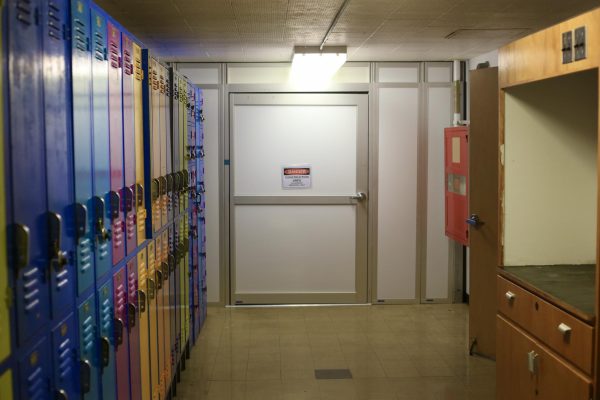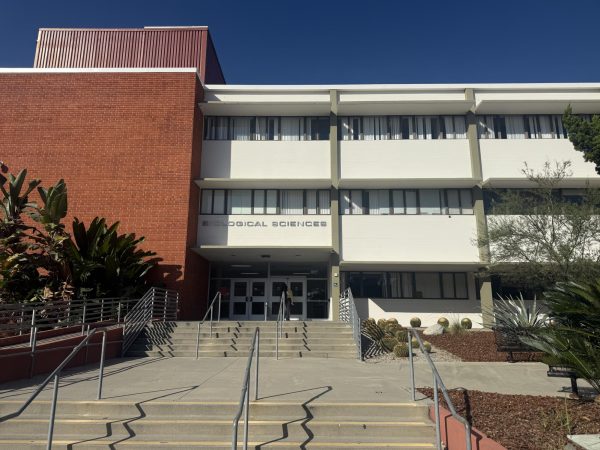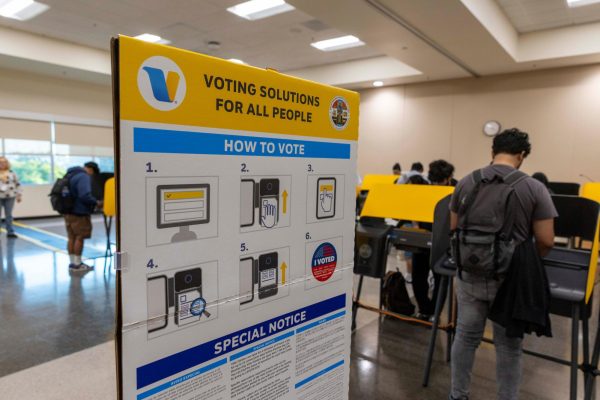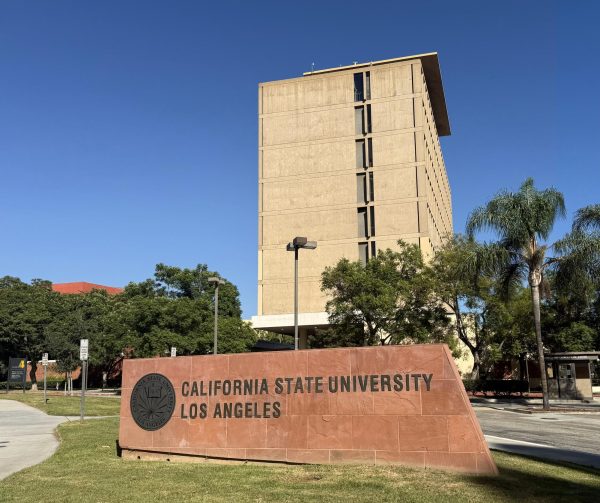‘Have You Eaten?’ discussion sparks awareness of Asian American issues
Anh Le leads a talk with several students about identity, traditions and the challenges in Asian communities.
Sweet snacks and spirited conversations were shared among over a dozen Cal State LA students at the Asian Pacific Islander Resource Center (APISRC) on Thursday.
The resource center was home to an open discussion titled, “Have You Eaten?”
This particular talk focused on the idea of the “model minority” stereotype that Asian communities sometimes face.
The concept of the “model minority” acknowledges how some people see Asian people as “prime example[s] of what people of color should be like,” said Anh Le, the APISRC coordinator who led the talk. “It’s also the idea that we’re submissive [and] follow the rules.”
Subjects also ranged from Asian American history, divisions between Asians and other people of color, colorism within Asian communities and personal stories from students about their experiences and relationships with their heritage.
Students chimed in to tell their stories about the challenges of growing up with multi-ethnic backgrounds, troubles fitting in within different spaces and the “forever foreigner” idea that many Asian communities face.
“The ‘forever foreigner’ is the idea that regardless of how many generations you could be here,” Le said, “we’ll always be asked ‘Where are you from?’ It’s the idea that Asian Americans will always be seen as foreign.”
With “Have You Eaten?” and other APISRC events, Le aims to offer a space for students to build a communal environment at the resource center.
Throughout the day at the APISRC, “students come and go,” Le said. “There’s not a lot of time for them to build community amongst each other,” which is why Le puts on discussions like “Have You Eaten?”
Even the name, “Have You Eaten?” refers to what Le described as a caring phrase in her community. “In Asian culture, our parents typically don’t ask us about our day,” she said. Instead, “they’ll ask you ‘Have you eaten?’ It’s kind of our way of showing endearment and love.” Then, “we sit around a dinner table and have a conversation,” she said. “I’m trying to play on that idea, so that’s why I brought little snacks.”
As of Fall 2021, Cal State LA’s ethnic and racial makeup consisted of nearly 4,000 student of Asian and Pacific Islander descent.
The university’s Cross Cultural Center holds spaces for several communities, including the APISRC, which provide resources like mentorship programs, workshops and study spaces for students.
But Le said that not all universities offer such resources to Asian students. Some local universities have Asian American Studies departments, but no place for further resources, which Le sees as a problem.
“The goal is for us to also be included when it comes down to what communities need resources,” Le said. “We’re not trying to take away [or] fight over limited resources,” she said. Rather, “to be included.”
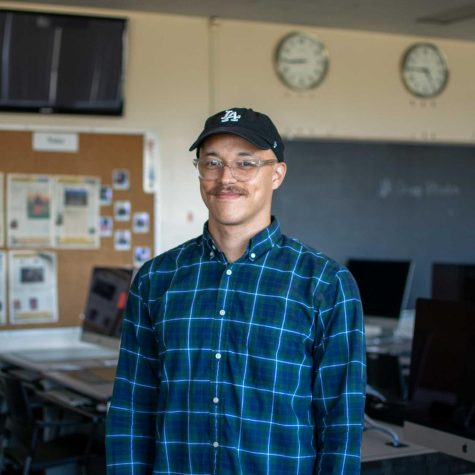
Erik Adams is a third-year journalism major and multimedia reporter at The University Times. He enjoys covering culture, history and social issues. He...
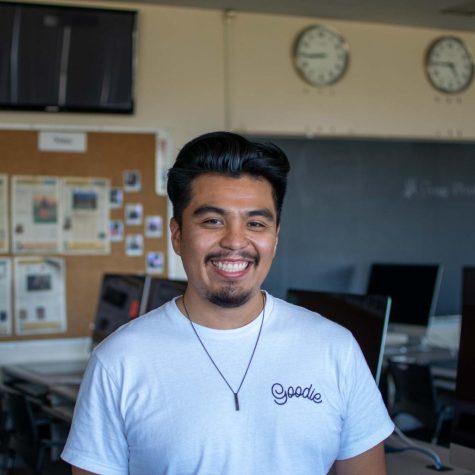
Erick Cabrera is a fourth year journalism major. He is the staff photographer and reporter for the University Times. During his free time, he enjoys film...


